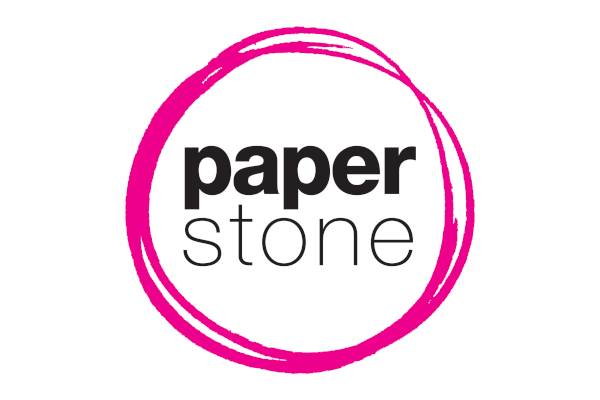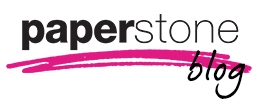Long Live Sticky Tape

Life without various forms of sticky tape would be unthinkable. How would we get through the Mount Everest of Christmas pressies we all have to wrap every year without using a roll of Scotch tape?
And how would we keep our carpets clean and smart without the help of masking tape when we paint the bedroom walls?
Sticky tape has been present in some form or another from the beginning of civilisation. The ancient Egyptians soaked strips of linen in plaster to make funeral masks, while the Greeks produced a form of sticky plaster for healing purposes. They soaked linen bandages in a lotion made from olive oil, herbal extracts and lead oxide.
In the 19th century more advanced forms of medicinal sticking plasters were produced as a cure for lumbago and to cover wounds. Many people used this type of surgical sticky tape for simple household tasks, like mending books and torn documents, although it wasn’t ideal.
However, there was a breakthrough in the 20th century when a man called Dick Drew invented Scotch tape for industrial use (he was working for the American company 3M which still sells the tape today). It took hard work to come up with a clear glue which wouldn’t look messy on a transparent cellophane tape, but eventually Drew and his colleagues cracked it.
The tape was produced for domestic use and became a winner during the hard times of the 1930s when people had to “make do and mend” their household items. Eighty years later, Scotch tape and similar products have not diminished in popularity.
In 2004 the New York Museum of Modern Art exhibited Scotch tape and described it as “an indispensable masterpiece of design” and sales remain buoyant.
3M claims they sell enough tape in a year to go round the globe 165 times. Now that’s stickability.




Recent Comments